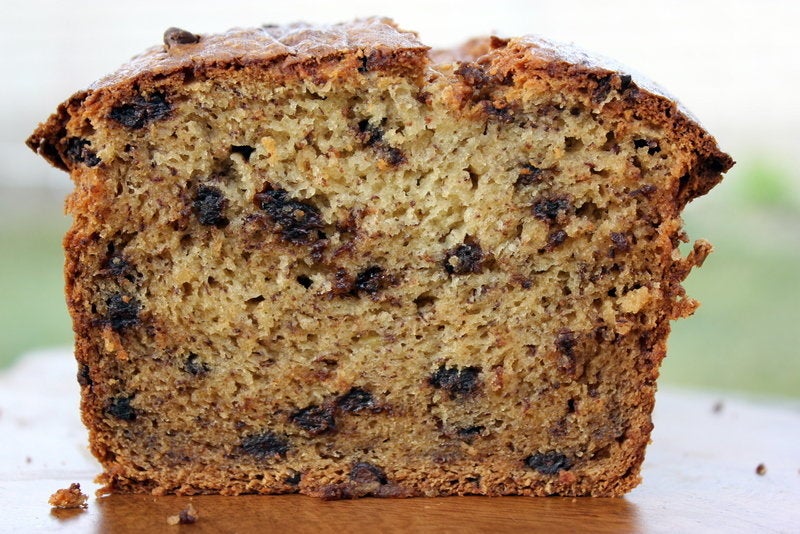
The percentage of Americans who follow a gluten-free diet is more than three times higher than the percentage of Americans with celiac disease, the main medical reason the diet is recommended, a new estimate suggests.
Researchers found that between 2009 and 2014, the percentage of people in the U.S. with celiac disease remained steady, while the percentage of Americans without the condition who stick to a gluten-free diet rose steadily over the same period.
Celiac disease is a disorder in which people can’t digest gluten normally. Gluten is a protein found in wheat, barley and rye. In people with the condition, eating the protein prompts the immune system to attack the small intestine, leading to digestive complaints, such as diarrhea, bloating and weight loss. Some people may also give up gluten if they have an allergy to wheat.
The researchers estimated that 1.76 million people in the U.S. have celiac disease, but an estimated 2.7 million people in the U.S. have eliminated or reduced their consumption of gluten despite never having been diagnosed with the condition, according to the findings, published today (Sept. 6) in the journal JAMA Internal Medicine. [10 Medical Conditions That Sound Fake but Are Actually Real]
The new study is the first to use nationally representative data to describe trends over time in both the prevalence of people with celiac disease and the percentage of people following a gluten-free diet without a medical need to do so, said study lead author Dr. Hyun-seok Kim, a resident in internal medicine at Rutgers New Jersey Medical School in Newark.
Going gluten-free
In the study, the researchers analyzed data from the National Health and Nutrition Examination Surveys (NHANES), which are yearly surveys conducted by researchers at the Centers for Disease Control and Prevention. Kim and his colleagues looked at participants’ answers to questions about whether they had been diagnosed with celiac disease and whether they followed a gluten-free diet.
The results showed that the prevalence of celiac disease among Americans participating in NHANES was 0.7 percent of the population in 2009-2010, 0.77 percent in 2011-2012 and 0.58 percent in 2013-2014.
During the same period, people in the U.S. who did not have celiac disease but who were avoiding gluten anyway more than tripled: It went from 0.52 percent of the population in 2009-2010, to 0.99 percent in 2011-2012, to 1.69 percent in 2013-2014.
The results show that the prevalence of celiac disease seems to have plateaued at around 0.7 percent of the U.S. population, whereas the percentage of Americans adhering to a gluten-free diet without a diagnosis of celiac disease has increased steadily, Kim told Live Science.
Going gluten-free was especially popular among three groups who did not have a medical need for the diet: younger adults ages 20 to 39, females, and non-Hispanic whites, Kim said.
Maybe it’s not gluten
However, he added that the findings only offer a snapshot of these trends in the U.S. over time. He said further study is needed to evaluate whether a gluten-free diet is beneficial or harmful to the general population and to investigate other characteristics of the people following the diet. [7 Biggest Diet Myths]
“Part of what may be driving [a] gluten-free diet trend is simply a belief, fueled by marketing and media, that these foods are healthier,” Dr. Daphne Miller, an associate clinical professor of family and community medicine at the University of California, San Francisco, said in a commentary accompanying the research. She was not involved in the new study.
Some studies of people who follow a gluten-free diet for reasons other than celiac disease or a wheat allergy have found health benefits, but others have not, Miller said. And some research has raised questions about whether something other than eliminating the protein gluten — such as eating less grain in general, or eating fewer highly processed foods — may be responsible for improving people’s symptoms or their overall sense of well-being when they go gluten-free, she suggested.
More work is needed to understand both how and why a gluten-free diet affects people’s gastrointestinal symptoms, mood and health, Miller concluded.
Originally published on Live Science.
Editor’s Recommendations
Copyright 2016 LiveScience, a Purch company. All rights reserved. This material may not be published, broadcast, rewritten or redistributed.
